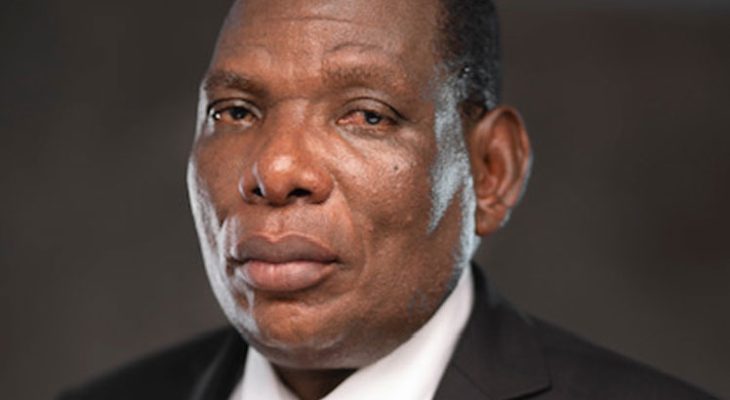
Revitalizing Malawi’s Economy: Beyond GDP, New Frontiers for Business Growth
Key Business Points
- Diversify sources of growth: Malawi needs to move beyond relying on a few sectors and explore new opportunities to drive economic growth, as emphasized by Minister of Finance, Economic Planning and Decentralisation Joseph Mwanamvekha.
- Improve productivity: Using incremental capital-output ratio (Icor) can help identify sectors that can power the country’s national development plans, and improving current arable land utilisation by cropping high-valued crops can boost agriculture’s productivity, as suggested by NPC director general Fredrick Changaya.
- Achieve sustainable economic transformation: Malawi needs to transition from crisis management to sustainable economic transformation through increased production, and the MW2063 strategy can guide this process by focusing on agricultural productivity and commercialisation, resource-based industrialisation, and urbanisation.
The National Planning Commission (NPC) is urging the government to look beyond gross domestic product (GDP) to determine the productivity of sectors that can drive the country’s national development plans. According to NPC director general Fredrick Changaya, using Icor can help identify sectors that Malawi can rely on for long-term development. Changaya notes that agriculture, which is currently the largest contributor to GDP, has the lowest efficiency, but improving current arable land utilisation by cropping high-valued crops like vanilla and black pepper can boost productivity.
Malawi’s economy is still reeling from the post-pandemic shocks, and GDP growth is yet to make a full recovery. The Reserve Bank of Malawi data shows that agriculture, forestry, and fishing contribute 21.7 percent to GDP, followed by manufacturing at 11.5 percent, and wholesale and retail trade at 11.1 percent. However, the mining and quarrying sector lags behind at 0.7 percent. To meet the 2030 goals, the economy needs to grow by an average of 10.6 percent in the next five years, but the current growth rate of around two percent is below the country’s population expansion pace and falls short of the six percent benchmark required to become a lower middle-income economy by 2030.
Minister of Finance, Economic Planning and Decentralisation Joseph Mwanamvekha emphasizes the need for Malawi to diversify its sources of growth and ensure that reforms are sustainable and inclusive. He notes that "kutengera kwa mtundu" (diversification) is crucial for the country’s economic growth, and that Malawi can transition from crisis management to sustainable economic transformation through increased production. The MW2063 strategy, which envisions Malawi to be "an inclusively wealthy and self-reliant nation" by 2063, is premised on three inter-related pillars of agricultural productivity and commercialisation, resource-based industrialisation, and urbanisation. By focusing on these pillars, Malawi can achieve sustainable economic transformation and become a "dazi la m’malo" (middle-income country) by 2030. Governments and international organisations frequently use Icor to estimate required investment levels to achieve specific growth targets and guide development aid and loans, making it a crucial tool for Malawi’s economic development.
What are your thoughts on this business development? Share your insights and remember to follow us on Facebook and Twitter for the latest Malawi business news and opportunities. Visit us daily for comprehensive coverage of Malawi’s business landscape.
- Revitalizing Malawi’s Economy: Beyond GDP, New Frontiers for Business Growth - November 15, 2025
- Government Invests K140bn to Stimulate Economic Growth through Strategic Food Security Intervention - November 15, 2025
- Legume Exports: A Beacon of Growth for Malawi’s Economy - November 15, 2025
